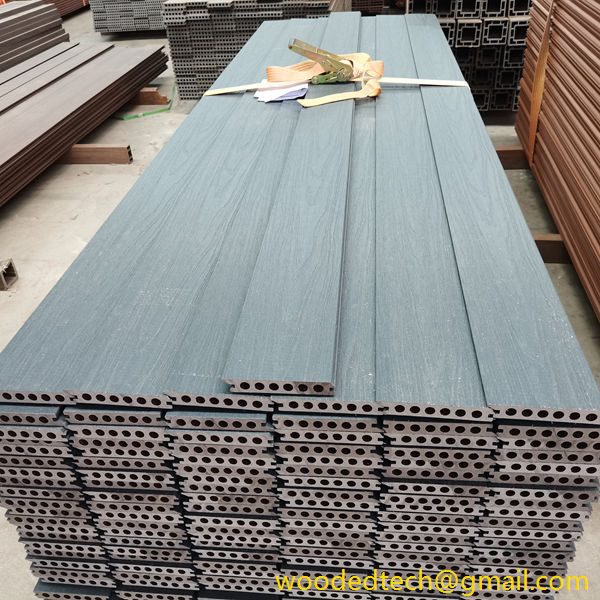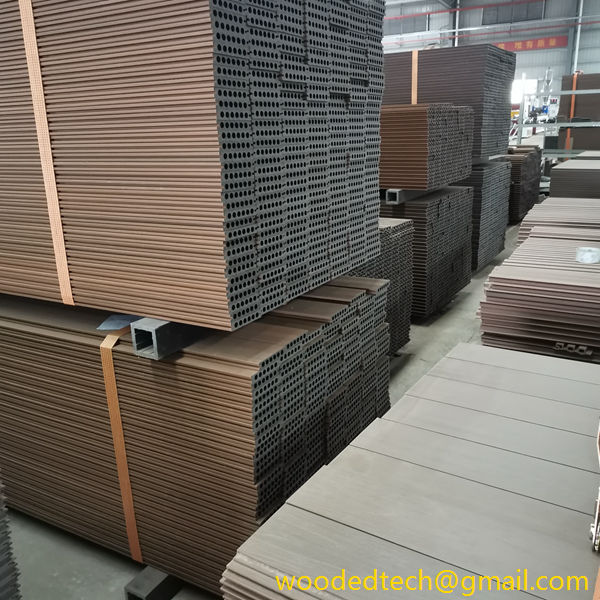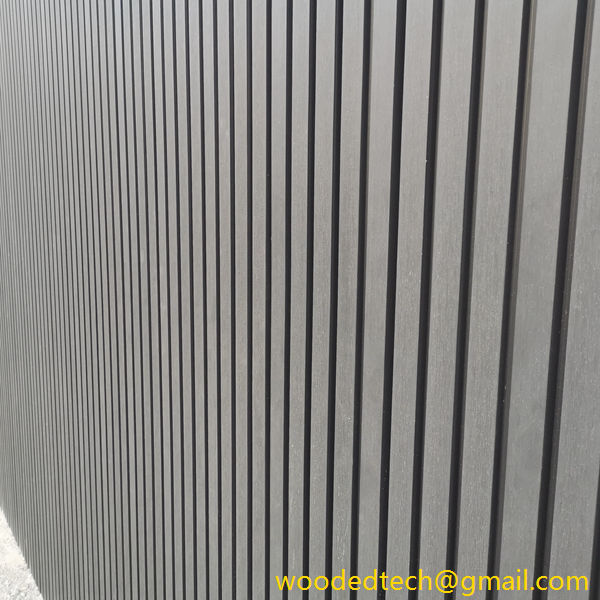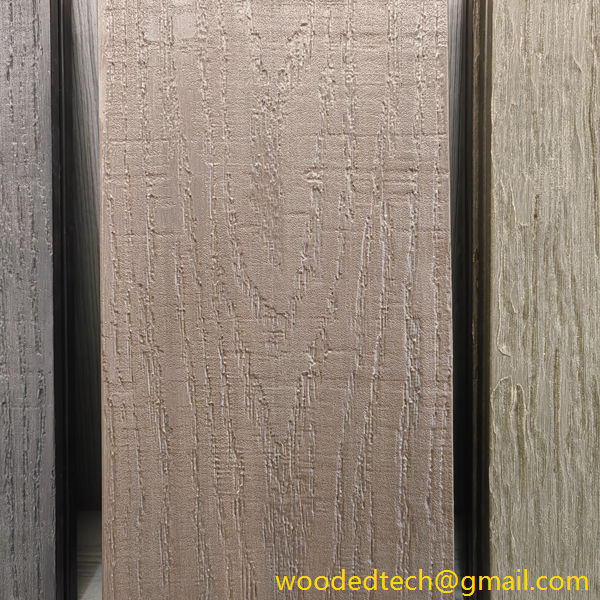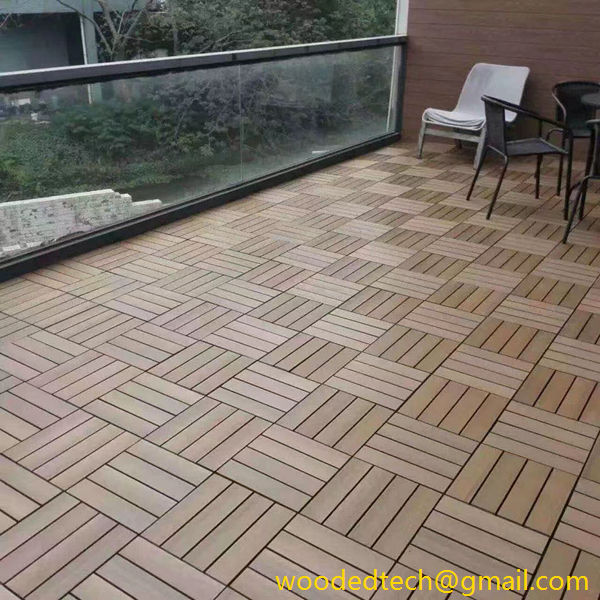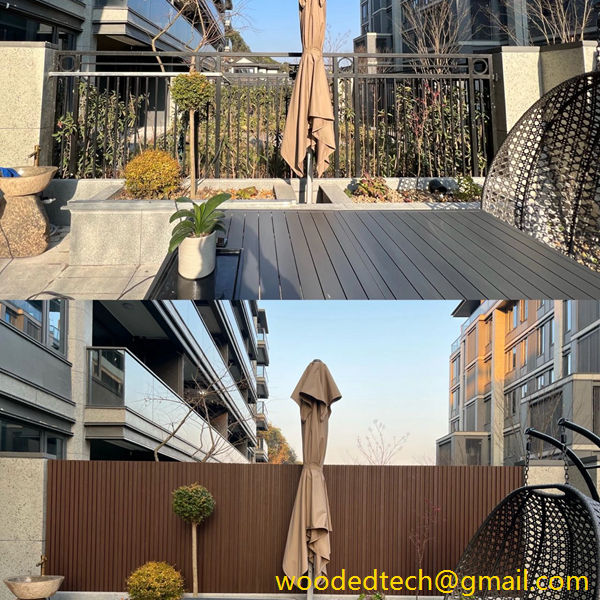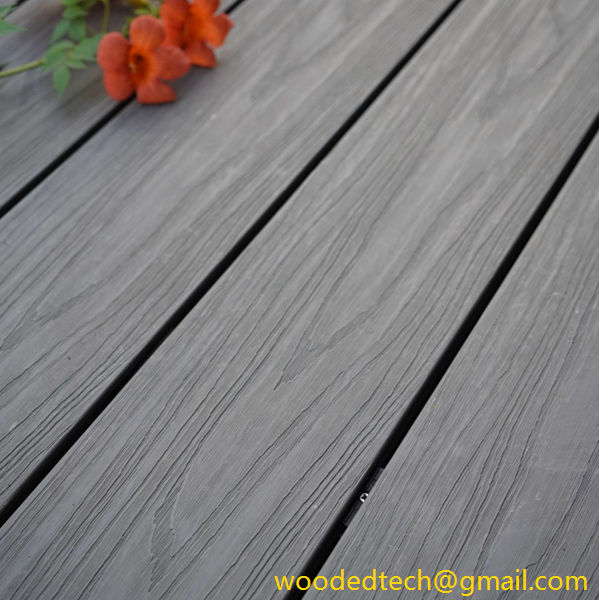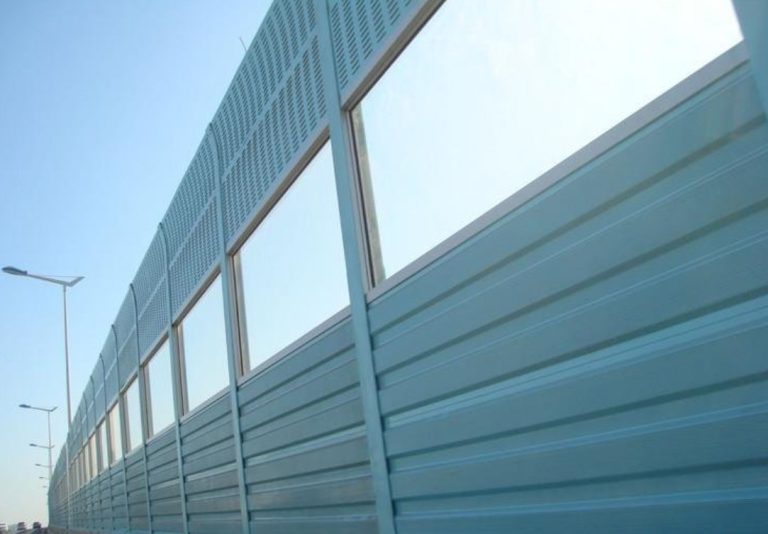What is Plastic Wood Used For: Applications of Plastic Wood in Construction
What is Plastic Wood Used For: Applications of Plastic Wood in Construction Plastic wood, often referred to as composite lumber or synthetic wood, has emerged as a versatile and sustainable alternative to traditional wood in various construction applications. This innovative material combines the aesthetic appeal of natural wood with the durability and low maintenance of…
What is Plastic Wood Used For: Applications of Plastic Wood in Construction
Plastic wood, often referred to as composite lumber or synthetic wood, has emerged as a versatile and sustainable alternative to traditional wood in various construction applications. This innovative material combines the aesthetic appeal of natural wood with the durability and low maintenance of plastic. As concerns about deforestation and the environmental impact of traditional lumber grow, plastic wood presents a compelling solution for both residential and commercial construction projects.
One of the primary applications of plastic wood is in decking. Decking is an essential feature for outdoor spaces, providing a functional area for relaxation, entertainment, and outdoor dining. Traditional wooden decks require regular maintenance, including staining, sealing, and repairs due to weathering and insect damage. In contrast, plastic wood decking is resistant to moisture, rot, and insects, making it an ideal choice for homeowners seeking longevity and ease of care. Furthermore, plastic wood decking comes in a variety of colors and textures, allowing homeowners to achieve the desired aesthetic without sacrificing durability.
In addition to decking, plastic wood is widely used in the construction of fences. Traditional wooden fences can warp, splinter, and decay over time, leading to costly repairs or replacements. Plastic wood fences, on the other hand, maintain their structural integrity and appearance for many years without the need for painting or staining. The low maintenance requirements make plastic wood fences an attractive option for property owners looking to enhance their outdoor space while minimizing upkeep. Furthermore, the availability of various styles and finishes means that plastic wood fences can fit seamlessly into any architectural design.
Another significant application of plastic wood is in the creation of outdoor furniture. From benches to picnic tables, the durability of plastic wood makes it an excellent choice for furniture that will be exposed to the elements. Unlike traditional wood, which may crack or become damaged from prolonged exposure to sun and rain, plastic wood retains its shape and color over time. Additionally, the material is easy to clean, making it suitable for public spaces such as parks, playgrounds, and outdoor dining areas. By using plastic wood for outdoor furniture, municipalities and businesses can provide attractive and long-lasting seating options that require minimal maintenance.
In the realm of landscaping, plastic wood is increasingly being utilized for garden beds and planters. Traditional wooden garden beds can deteriorate due to soil moisture and pest damage, but plastic wood offers a solution that is both functional and visually appealing. The material is non-toxic, making it safe for growing fruits and vegetables, and its resistance to rot ensures that garden beds will remain intact for many seasons. Furthermore, plastic wood can be molded into various shapes and sizes, allowing gardeners to create customized planting solutions that fit their specific needs.
Plastic wood is also making its mark in the construction of boardwalks and pathways. These structures are often subject to heavy foot traffic and environmental stressors, making durability a critical consideration. Traditional wooden boardwalks can splinter and decay, presenting safety hazards for users. In contrast, plastic wood boardwalks provide a safe and stable surface that stands up to the elements, ensuring a longer lifespan with minimal maintenance. This makes them an increasingly popular choice for parks, nature reserves, and waterfront developments.
In addition to its practical applications, plastic wood is gaining traction in the realm of architectural design. Architects and builders are increasingly incorporating plastic wood into their projects due to its versatility and adaptability. Whether it’s used for cladding, trim, or decorative elements, plastic wood allows for creative design possibilities while offering the benefits of sustainability and durability. This has led to innovative construction practices that prioritize both aesthetics and environmental responsibility.
Moreover, the sustainability aspect of plastic wood cannot be overlooked. Many plastic wood products are made from recycled materials, including post-consumer plastics and wood fibers. This not only reduces the demand for virgin materials but also diverts waste from landfills, contributing to a circular economy. By choosing plastic wood for construction projects, builders and homeowners can significantly reduce their environmental footprint while still achieving high-quality results.
In summary, plastic wood is a multifaceted material that is revolutionizing various aspects of construction and landscaping. Its applications range from decking and fencing to outdoor furniture, garden beds, boardwalks, and architectural elements. With its durability, low maintenance requirements, and aesthetic flexibility, plastic wood is becoming a preferred choice for homeowners, builders, and landscape designers alike. As the construction industry continues to seek sustainable alternatives to traditional materials, plastic wood stands out as a viable solution that marries functionality with environmental consciousness. The ongoing innovation in this field suggests that the future of construction will increasingly embrace materials like plastic wood, prioritizing sustainability without compromising on quality or design.

